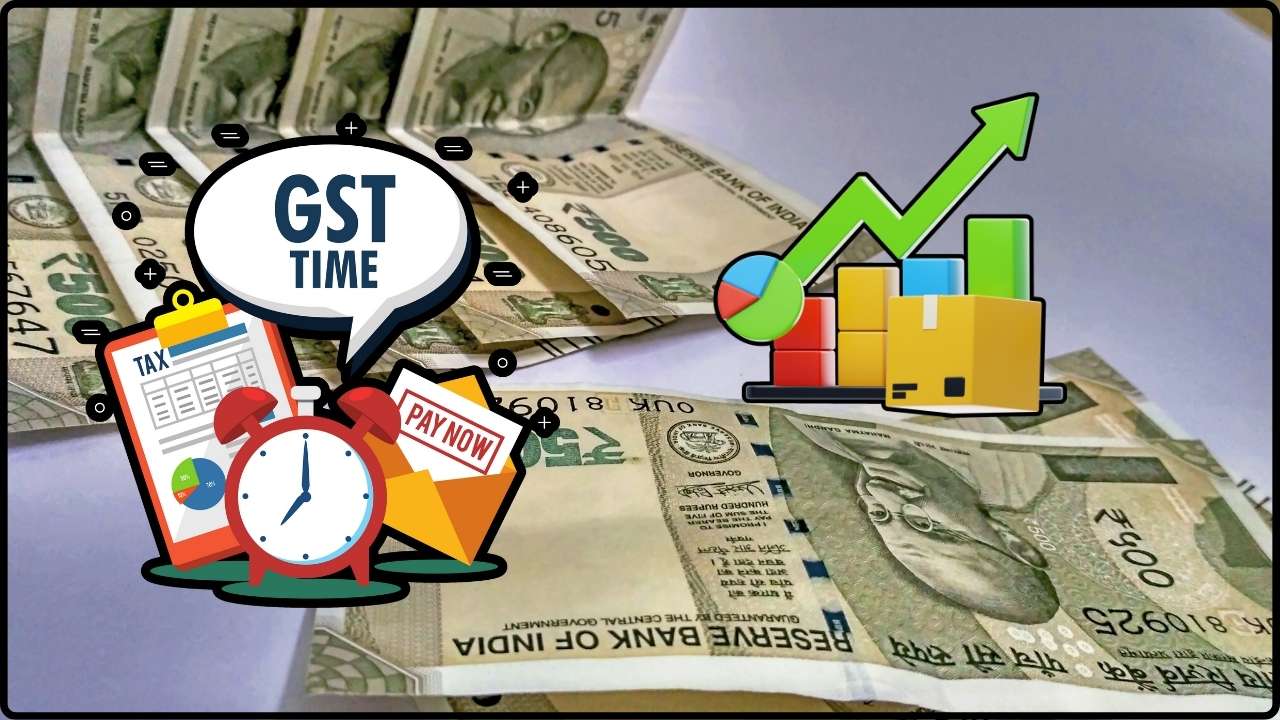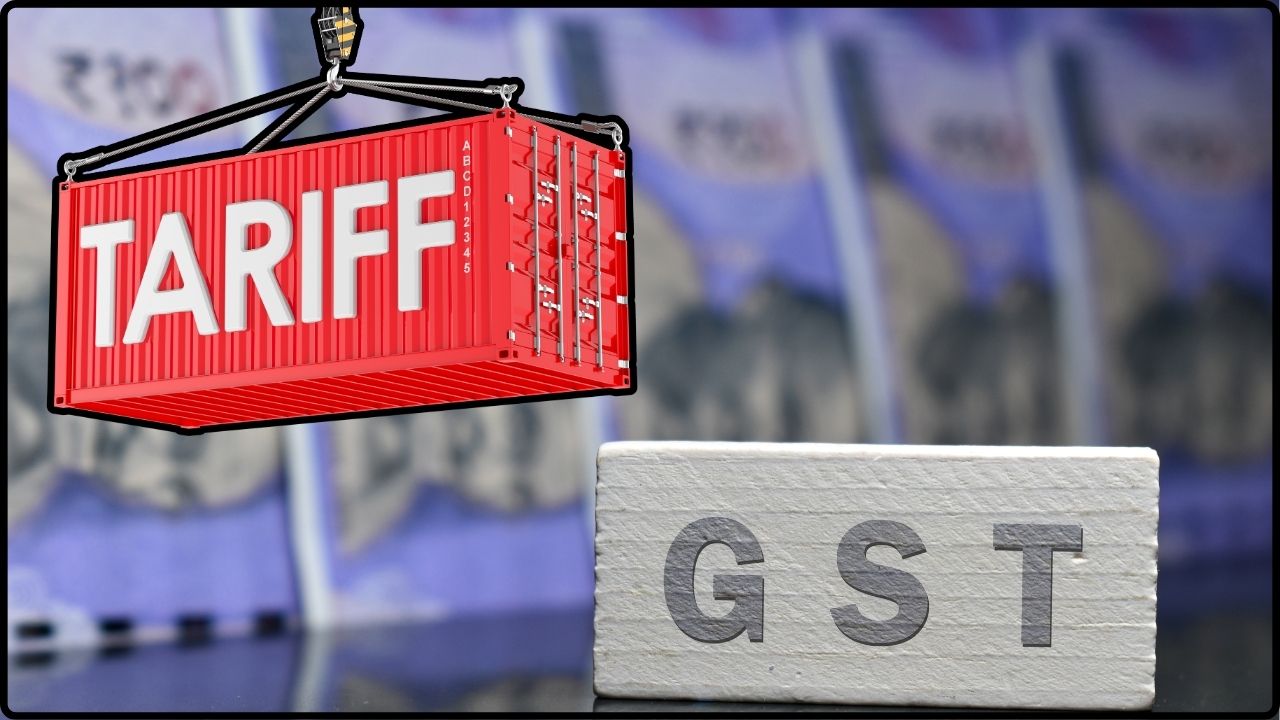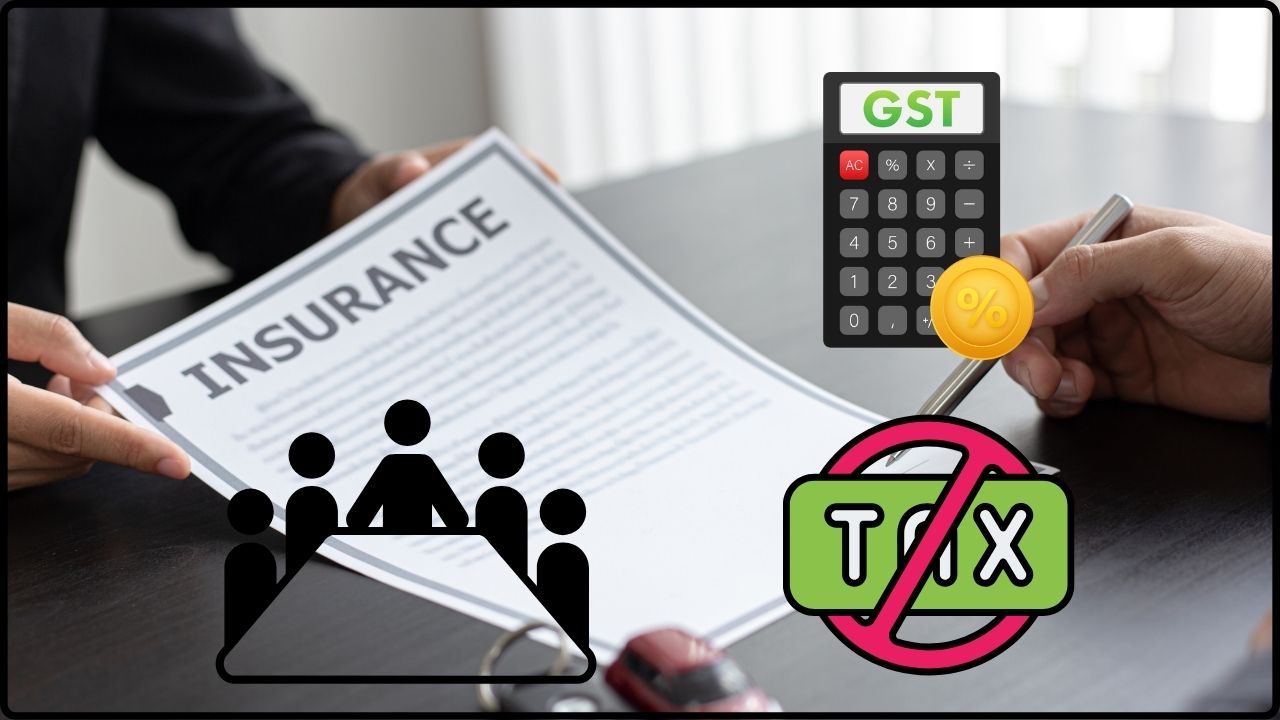
GST Council Meeting On September 3-4: The GST Council meeting on September 3–4, 2025 in New Delhi is shaping up to be one of the most important discussions since the rollout of the Goods and Services Tax (GST) back in July 2017. The buzz is all about a potential shift from four GST slabs (5%, 12%, 18%, 28%) to just two major slabs—5% and 18%—plus a 40% band for luxury and sin goods. If this goes through, the way you buy everyday goods, invest in real estate, shop online, or even book a hotel could change. To put it in simple terms, the government wants to declutter GST the way you’d spring clean your house: keep what’s essential, get rid of what’s confusing, and put the luxury stuff in a separate box with a heavy price tag.
GST Council Meeting On September 3-4
The GST Council meeting on September 3–4, 2025 could rewrite the way India’s indirect tax system works. Moving from four slabs to two (plus a luxury band) promises cheaper essentials, simpler compliance, and more consumer spending. At the same time, luxury buyers will pay more, and states are worried about revenue loss. For consumers, this could mean tangible savings on everyday items. For businesses, easier compliance and higher demand. For states, a challenging fiscal adjustment. The outcome will shape not just tax policy but also India’s economic momentum in the coming years.
| Aspect | Details |
|---|---|
| Meeting Dates | September 3–4, 2025 |
| Proposed Change | From 4-slab (5%, 12%, 18%, 28%) → 2-slab (5% & 18%) |
| Luxury/Sin Tax | ~40%+ for items like tobacco, pan masala, premium cars, luxury EVs |
| Consumer Benefit | Items at 12% drop to 5%, 28% to 18% → cheaper soaps, footwear, cement, etc. |
| State Concern | Potential revenue loss (e.g., ~₹15,000 crore for Karnataka) |
| Mini-Calculator | ₹1,000 item at 12% → ₹1,120; at 5% → ₹1,050 (₹70 saving) |
| Expert Voice | Economists predict compliance boost, industry bodies welcome simplification |
| Official Source | GST Council Official Website |
The Journey So Far: Why GST Needed This Fix
When GST was launched in 2017, the goal was to replace a messy system of central excise, service tax, VAT, and octroi with “one nation, one tax.” But because India is diverse and politically complex, the Council created multiple slabs to protect essentials, fund states, and tax luxury differently.
Fast forward eight years, and those slabs have become too many channels on the TV remote. Businesses complain of disputes, court cases pile up, and consumers often don’t understand why shampoo and toothpaste are taxed differently. That’s why policymakers are now pushing to simplify.
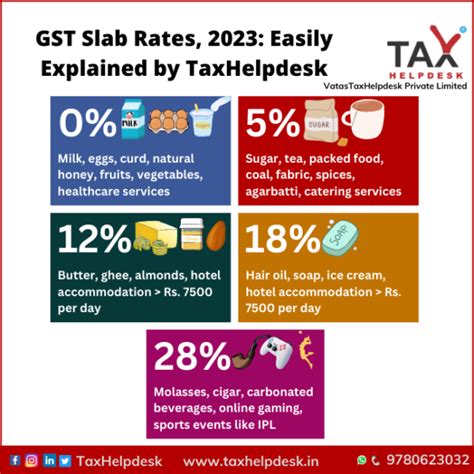
What GST Council Meeting On September 3-4 Means for Consumers?
The two-slab structure would touch almost every product you use.
Essentials and FMCG
Goods like soaps, shampoos, toothpaste, packaged food, and footwear currently in the 12% slab could slide down to 5%. For middle-class families, that means direct savings.
Example: A ₹1,000 grocery bill with many 12% items would cost ₹1,120 today but ₹1,050 tomorrow.
Real Estate and Cement
Cement is currently taxed at 28%. A cut to 18% means major savings for housing projects. A ton of cement costing ₹7,680 today (with GST) could drop to about ₹7,080. That’s game-changing for both home builders and individual families constructing houses.
Automobiles
Mass-market cars in the 28% slab could move down to 18%, reducing on-road prices. But luxury cars and high-end EVs would face a new 40%+ rate. Buyers in that segment may want to close purchases before the hike.
Hospitality and Services
Hotels with tariffs above ₹7,500 currently face 28% GST. A cut to 18% would make business travel and family vacations more affordable, boosting tourism.
Healthcare and Education
These are largely exempt from GST, but associated goods (medical equipment, stationery, etc.) could get cheaper with slab rationalization.
Impact on Businesses and MSMEs
For businesses, especially MSMEs (micro, small, and medium enterprises), this shift could be a blessing.
- Simplified billing: With only two slabs, compliance becomes smoother.
- Reduced disputes: Tax tribunals are currently clogged with slab disputes (is chocolate coated biscuit a “luxury” or “food”?). Two slabs cut down arguments.
- Boost to demand: Cheaper mid-tier goods encourage more buying, which means higher sales volumes for businesses.
However, industries that cater to luxury buyers—automobiles, premium electronics, tobacco—will see higher effective taxes and may resist.
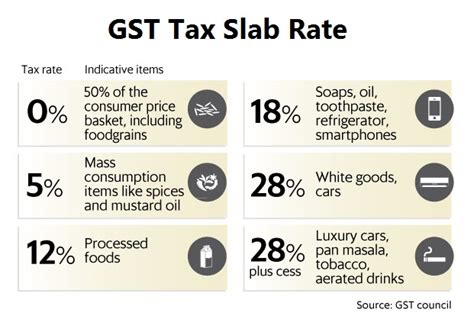
The States’ Side of the Story
States share GST revenues with the center, and they are worried. For instance, Karnataka estimates a ₹15,000 crore annual shortfall if the new slabs are adopted. Other states with heavy spending commitments—like welfare schemes—fear similar shortfalls.
The GST Council will have to decide whether the center will compensate states (like it did in the first five years of GST rollout) or leave them to adjust on their own. Without consensus, reforms could stall.
Sector-Wise Breakdown
FMCG and Consumer Durables
- Expected winners from slab cuts.
- Companies like Hindustan Unilever and ITC could see demand boost.
Real Estate and Construction
- Cheaper cement, tiles, paints could revive housing demand.
- Affordable housing projects benefit most.
Automobiles
- Mass-market cars gain from lower rates.
- Luxury cars and premium EVs face higher taxes.
Hospitality and Tourism
- Lower hotel rates → more domestic travel.
- Boost for states dependent on tourism like Goa, Kerala, Rajasthan.
E-Commerce
- Online retailers may see higher sales volumes in FMCG and electronics categories.
Tobacco and Sin Goods
- Likely taxed at 40%+. Revenue intact, but health advocates will cheer.
How India Compares Globally?
To really understand this shift, let’s look abroad:
- United States: Sales tax varies by state, usually a single rate between 5% and 10%. Much simpler than India.
- Canada: Uses Harmonized Sales Tax (HST) between 13% and 15%, applied uniformly on most goods/services.
- Australia: One flat GST rate of 10%. Easy to understand and comply with.
- European Union: VAT usually has two or three rates (standard 20%+, reduced 5–10%).
India’s two-slab proposal would still be more complex than the US or Australia but much simpler than the current system.
Expert Opinions
Industry bodies are weighing in:
- FICCI says simplification could “enhance ease of doing business and attract investments.”
- CII believes lower rates for essentials will “improve consumption and drive economic recovery.”
- ASSOCHAM has warned that “state compensation must be clearly defined” to avoid fiscal tensions.
Economists argue that though states may see short-term losses, higher compliance and demand could stabilize revenues long-term.
Practical Advice for Consumers and Businesses
- Consumers: If you’re planning to buy household appliances or scooters, consider waiting. You could save 8–10% once the slabs are reduced.
- Luxury Buyers: Thinking of buying a premium SUV or high-end EV? You may want to buy now before the 40% slab kicks in.
- Home Builders: Hold off on cement and steel purchases if possible. The drop from 28% to 18% could save lakhs on large projects.
- Businesses: Update your billing systems and train staff—simplified compliance is coming.
- Investors: Watch FMCG and cement stocks—they may benefit from increased demand.
Step-by-Step Guide to the Change
- Current System: Four slabs—5%, 12%, 18%, 28%.
- Proposed Change: Two slabs—5% and 18%, plus a luxury slab of 40%+.
- Timeline: Council meets Sep 3–4, 2025. Implementation may start in FY 2026.
- Impact: Cheaper essentials and mid-tier goods, costlier luxury.
- Follow Updates: Track GST Council notifications.
Lower GST On Household Items – What The Council Is Planning
GST Council Considers Amnesty That Could Save Small Businesses Lakhs in Penalties
Punjab Finance Minister Calls for Safeguards in GST Reform to Protect States


